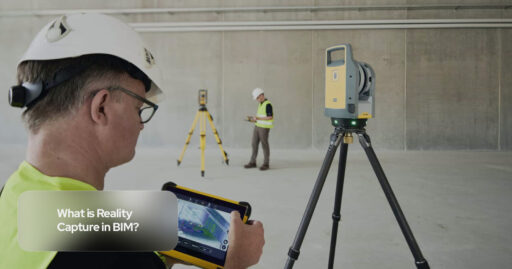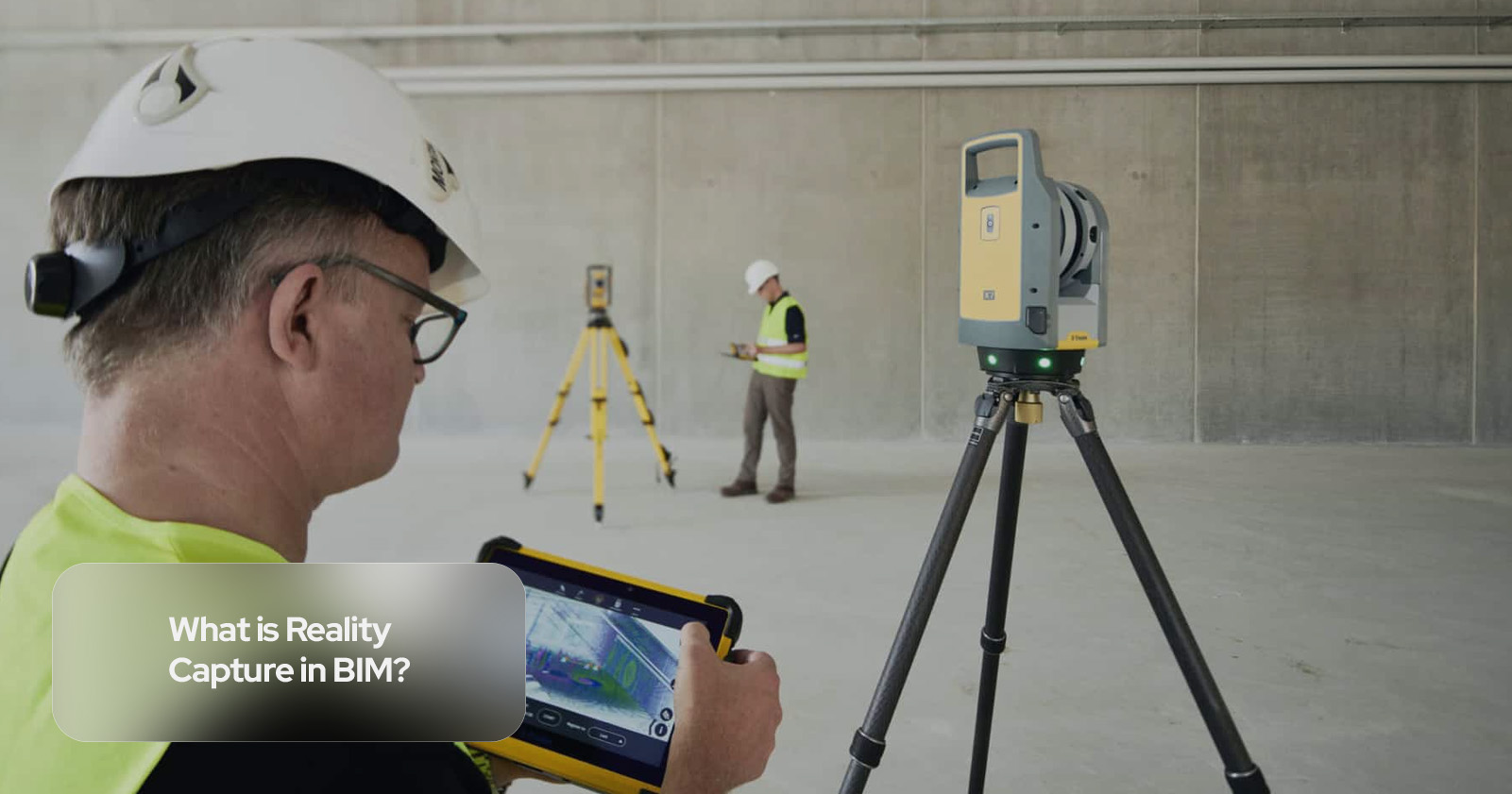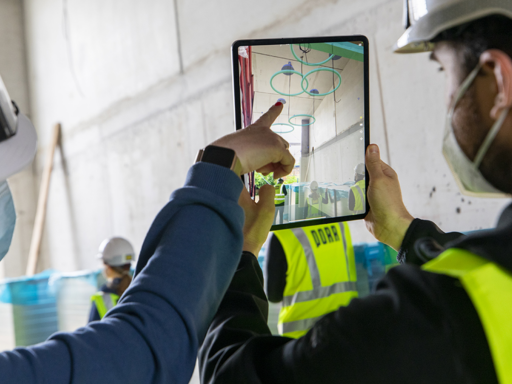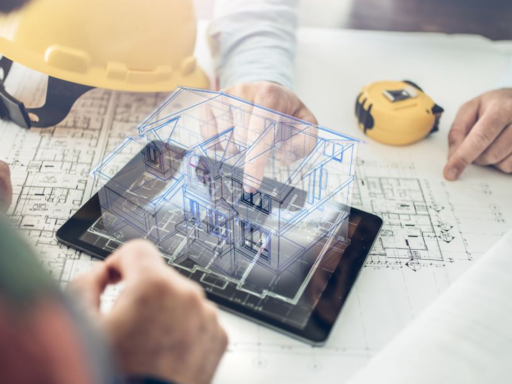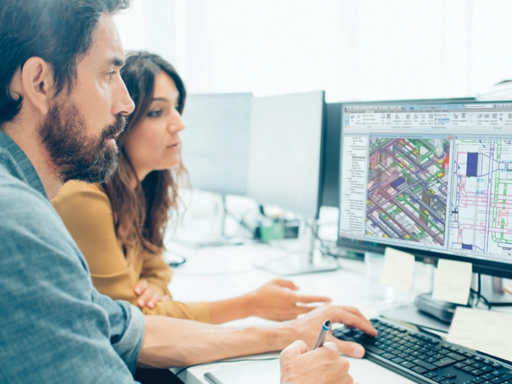Reality capture in BIM refers to the process of capturing real-world data and converting it into digital models that can be used in building design and construction.
How does it work?
Reality capture technology utilizes a mix of sensors, cameras, and specialized software. The technology is able to collect data on the shape, size, and texture of the subject. The sensors capture multiple images or measurements from different angles. These are then processed and stitched together using advanced software algorithms to create a highly accurate 3D model, point cloud or any other data formats.
Data Acquisition
Reality capture can be done through various methods such as laser scanning, photogrammetry, or LiDAR.
- Structured Light Scanning: Projects a pattern of light onto an object and uses sensors to capture the distortion of the pattern, allowing for the creation of a 3D model.
- Photogrammetry involves taking multiple photographs of an object or scene from different angles. These photographs are then processed to create a 3D BIM model.
- LiDAR, which stands for Light Detection and Ranging, uses laser pulses to measure the distance between the sensor and the objects in its path. This data is then used to create a 3D BIM representation of the environment.

